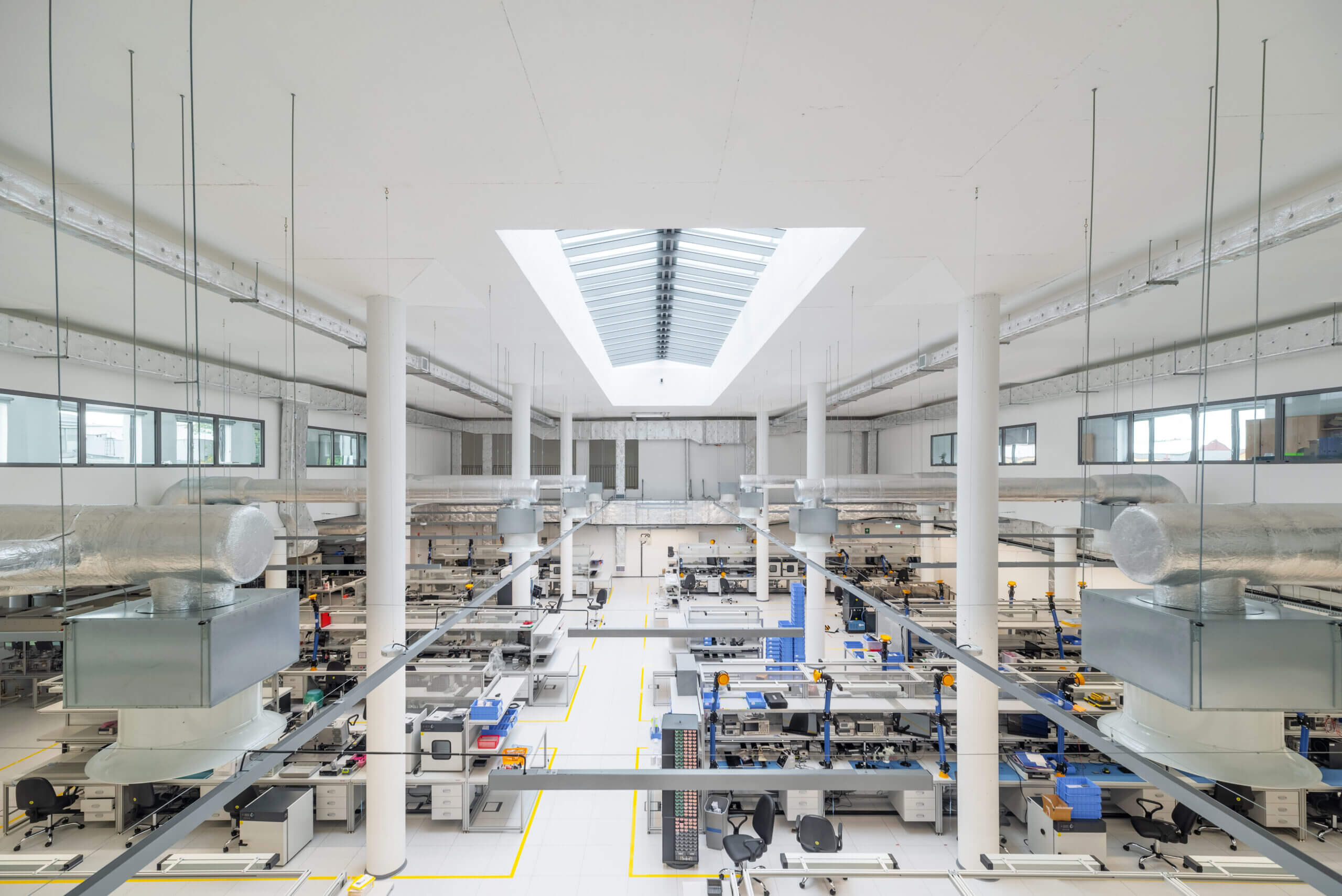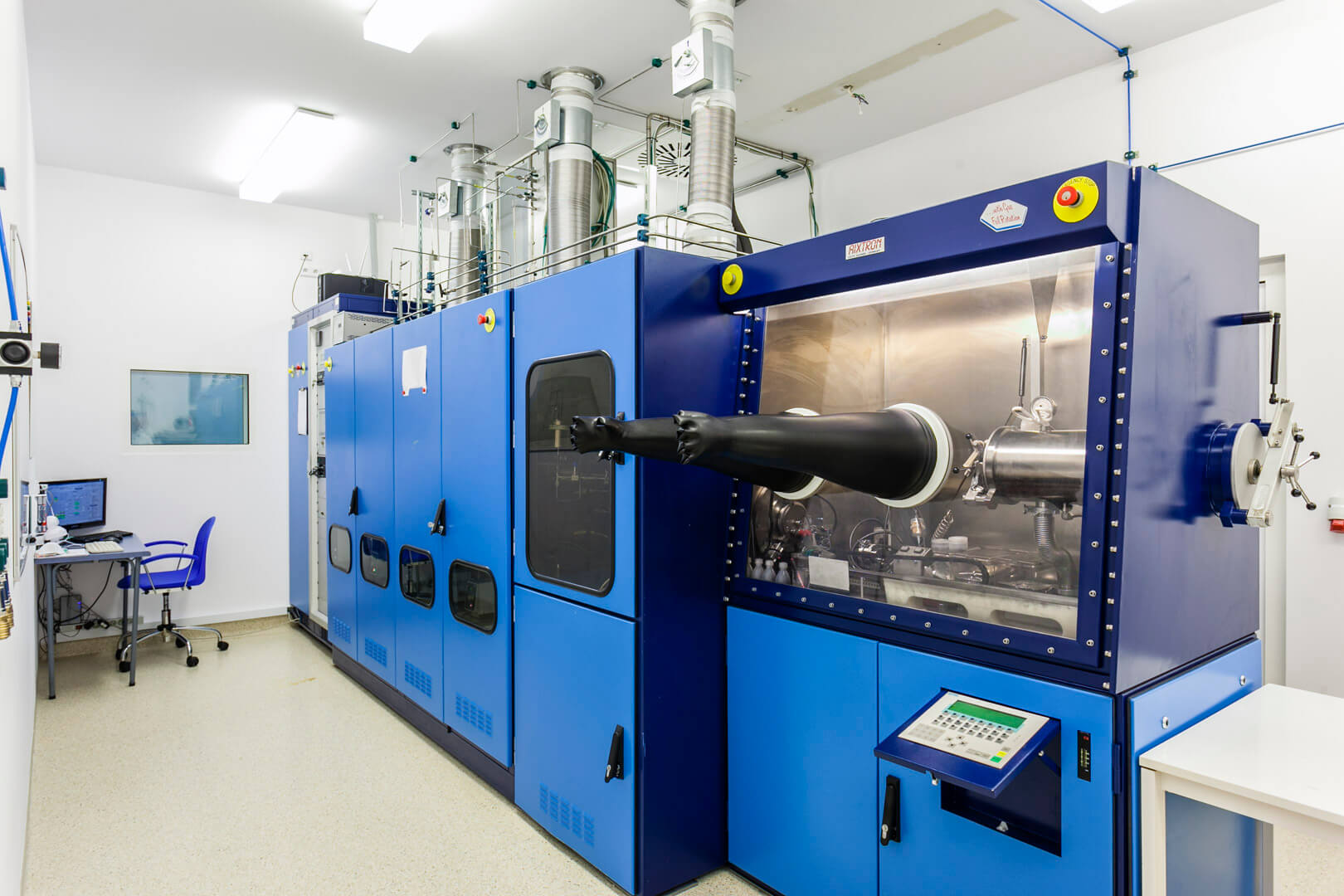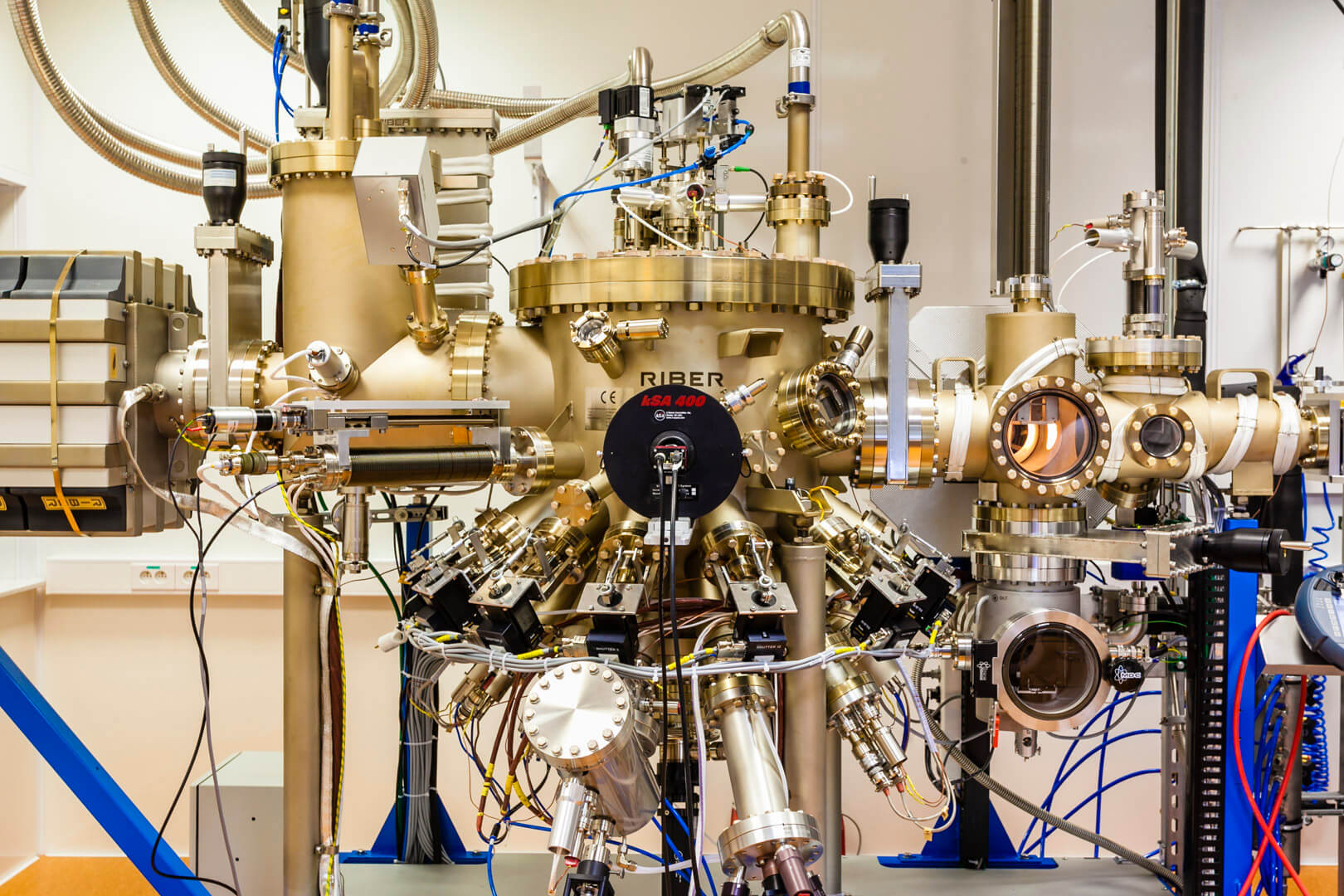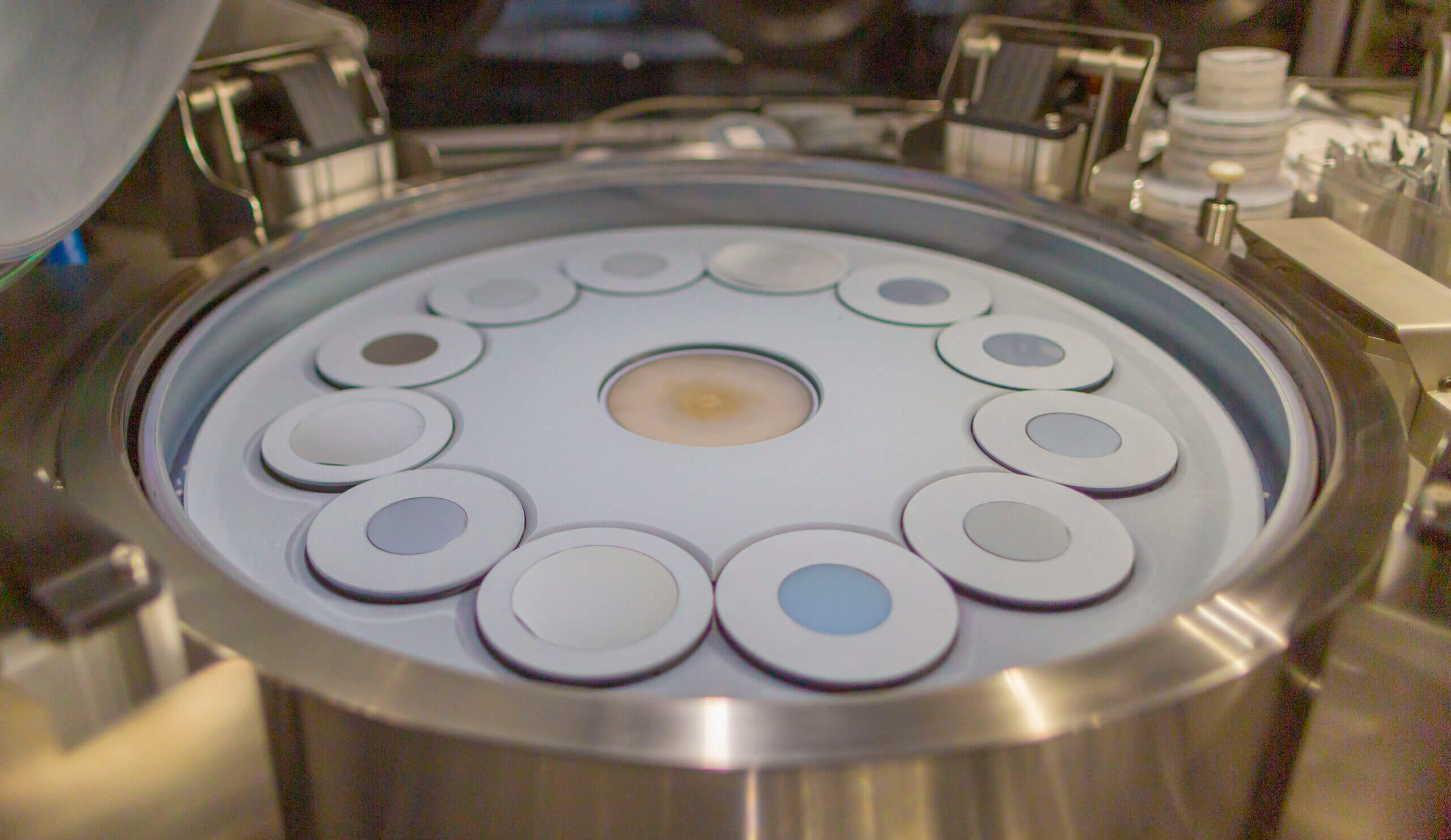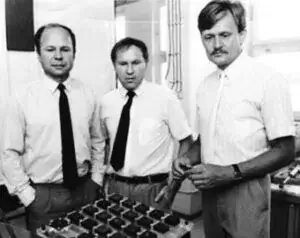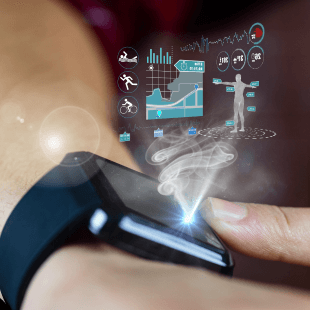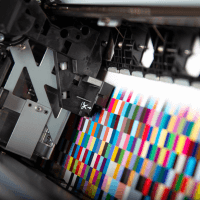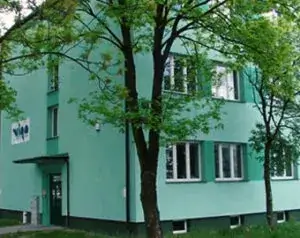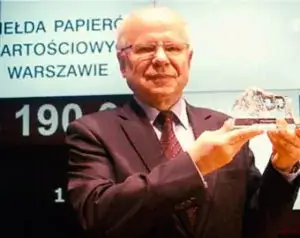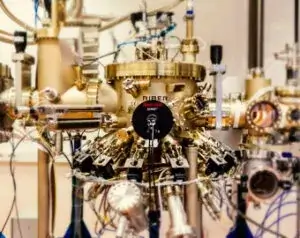VIGO Photonics
VIGO Photonics is a European manufacturer of semiconducting materials and instruments for photonic and microelectronic, specialized in MWIR and LWIR detectors and modules, produced with the use of internally-developed technology.
35
years of experience
>200
employees
60
marketplaces
6
detectors on Mars
Strategy
and Mission

The VIGO Photonics development vision assumes strengthening the Company’s position as one of the most innovative
and dynamically developing enterprises on the market.
Our goals include:
- Exploring the market of MCT (HgCdTe) detectors, including expansion (geographic, segmental) in market areas not covered by regulations, excluding the use of mercury and cadmium in detectors,
- Advances in the infrared detector technology and infrared modules made of materials based on compounds from groups III and V from the periodic table of elements, in line with the EU Restriction of Hazardous Substances (RoHS) directive,
- Advances in III-V semiconductor material epitaxy and the production of near-infrared sources (VCSEL lasers),
- Advances in infrared sources technology,
- The development of the optoelectronic systems technology and photonic integrated circuits for mid and short infrared,
- Advances in the infrared detector array technology.












